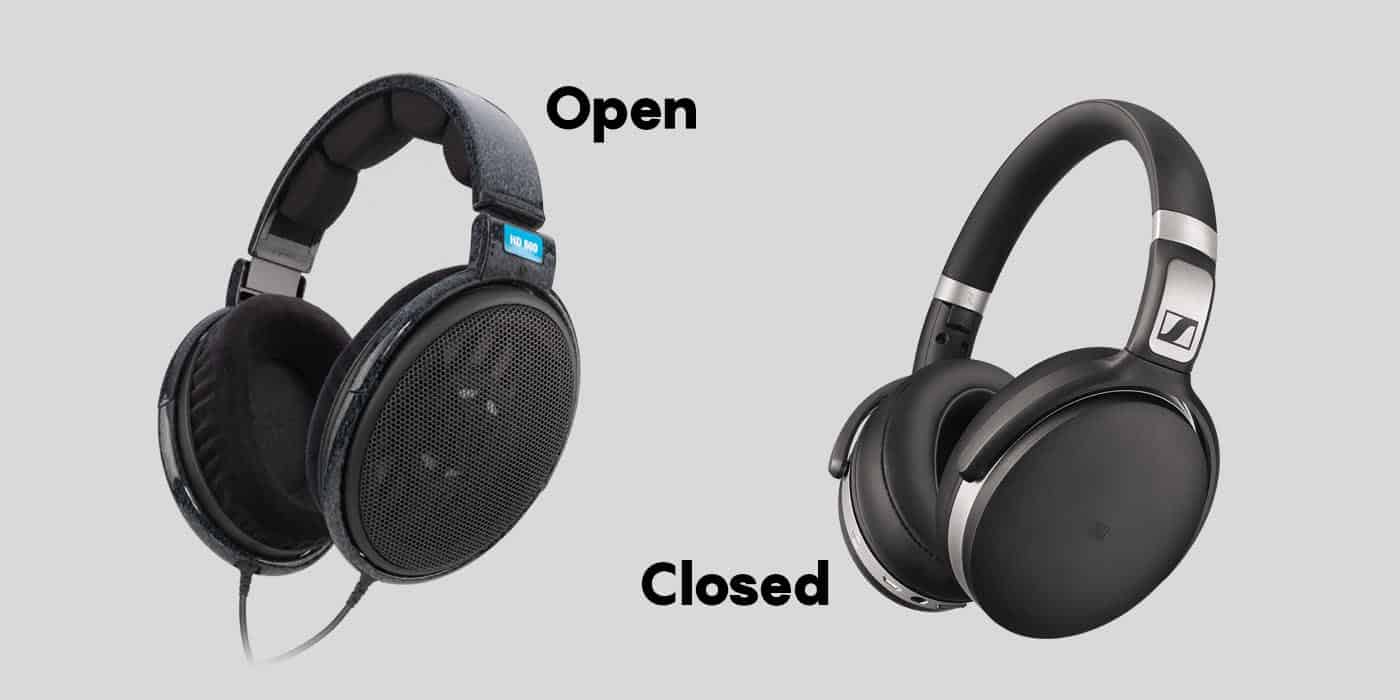Headphones might all look and function the same – wear them over your head and they’ll pump sound into your ears.
However, it’s possible to classify any pair as either open-back or closed-back headphones. So what exactly is the difference?
Open–back headphones have ear cups with perforated outer shells that let air inside and let sound waves escape freely. Closed–back headphones have ear cups with solid outer shells that traps the sound from escaping and also blocks outside noise.
That’s the fundamental difference between the two. Now let’s look at each type’s pros and cons, and finally discuss which type better suits your needs.
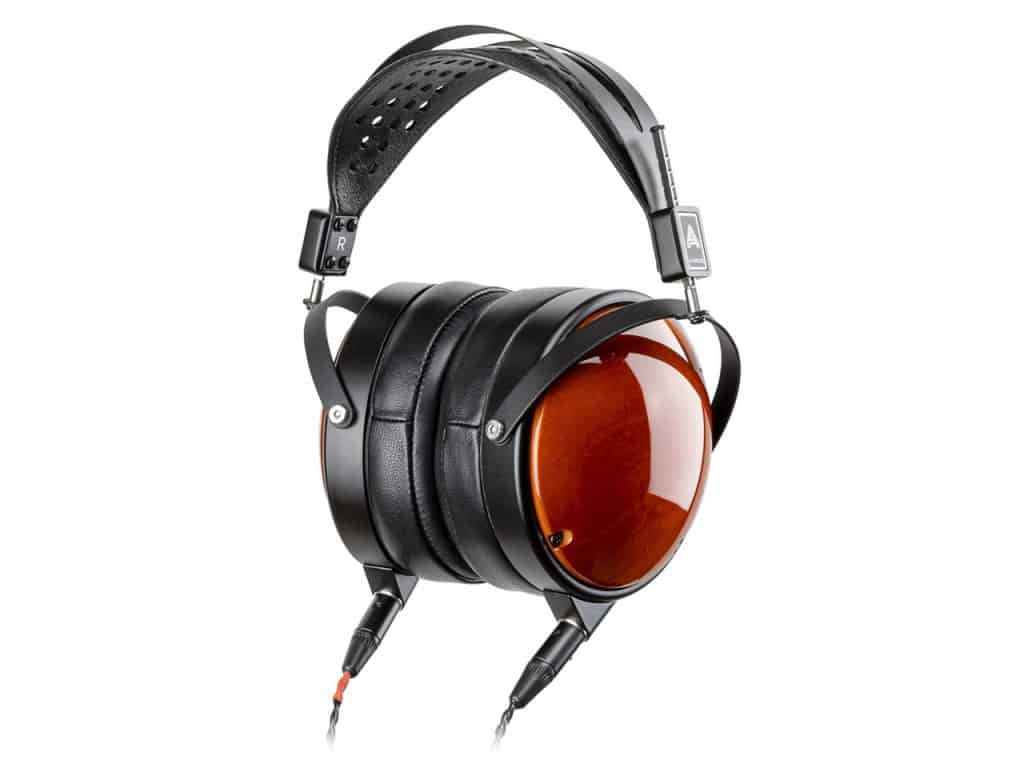
Closed Back Headphones
The most popular style of headphones are closed-back headphones. And when you think of headphones, you generally think of closed back headphones. As the name implies, these headphones have a closed back.
What exactly is meant by a closed back? And what does it do?
A closed back simply means the headphones have a plastic cup on the exterior. This means minimal air and outside noise reach your ear. Of course, this design has some advantages and some disadvantages.
Advantages of Closed Back Headphones
Better Sound Isolation
The main advantage of closed back headphones is that you hear much less external noise when using them. This obviously makes them the ideal type of headphone for use in public spaces. It’s also why they’re used in studios for recording sessions.
Note that closed back headphones aren’t the same as noise canceling headphones. While all noise canceling headphones are closed back, they are a special type of closed back headphone which feature active noise cancellation to reduce ambient noise in the background.
Closed back headphones don’t just keep background noise out, though. They also keep sound in.
Think about it, a solid wall does a much better job keeping sound inside than a screened window. That same principle applies to closed back headphones. This makes them the perfect type of headphone to take out and about—you probably don’t want everyone else to know what you’re listening to.

Improved Bass Response
Closed back headphones generally have a less “organic” sound compared to open back headphones.
However, when it comes to bass response, closed-back headphones often perform better. Because the closed design of the ear cups seals the ears within a contained compartment, they have less trouble reproducing sub-bass (extended low-bass).
It is worth noting that high-end open-back headphones which employ planar magnetic drivers can reproduce deeper lows. However, sound reflections within closed-back headphones generally results in a more bass-heavy sound signature that bassheads will appreciate.
More Affordable
Closed back headphones tend to be much more affordable than open back headphones. If you’re on a tight budget, you will probably be limited to closed-back headphones. You can find some of our recommendations here.
Open-back headphones are typically exclusively made for audiophiles who don’t care about sound leakage, but just want the best sound possible. $1000+ cans on the market from the likes of HiFiMan or Audeze are typically open-back—people simply don’t want to spend that much and have the audio being affected by sound reflecting off plastic cups.
Of course, at the highest end there are also plenty of premium closed-back headphones, such as these from French audio manufacturer Focal:
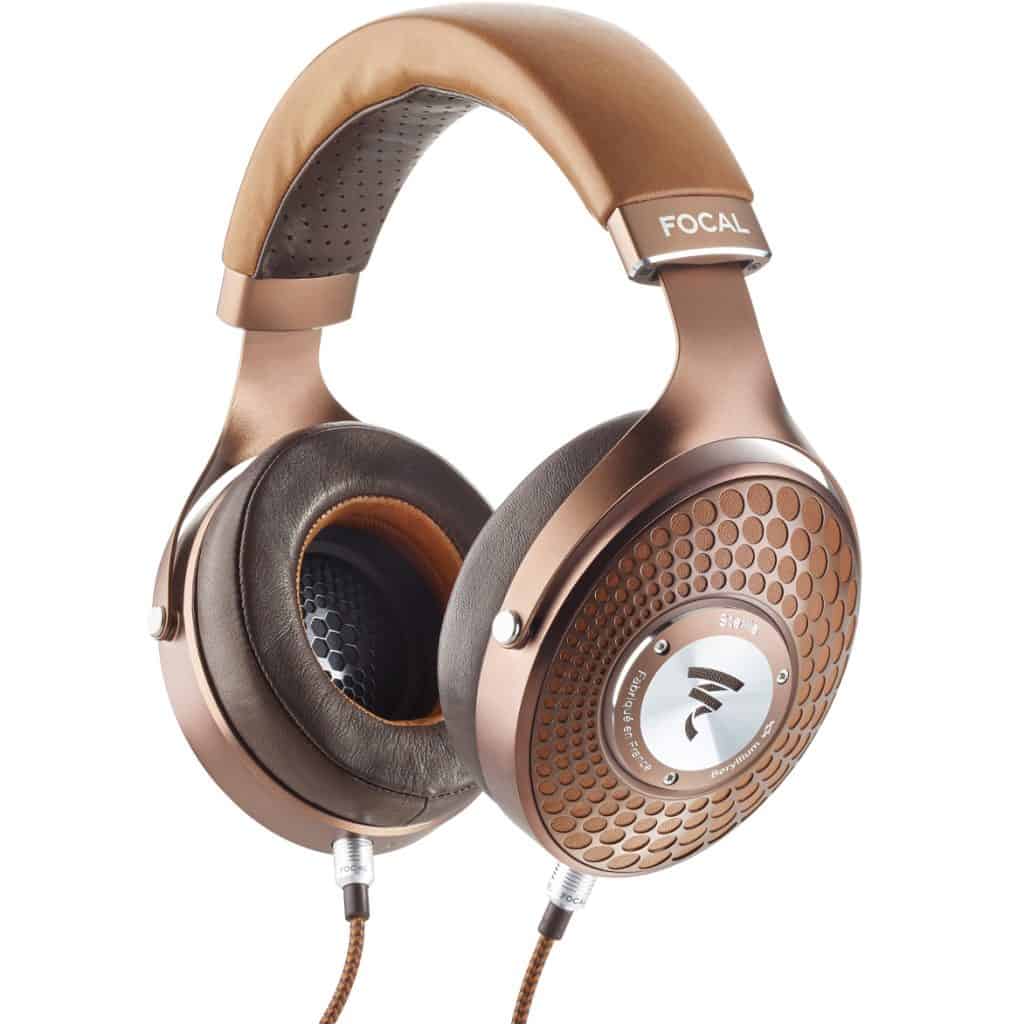
Disadvantages of Closed Back Headphones
Echo
The most notable issue with closed back headphones is the fact sound reflects off the cups. Basically, the closed back creates an echo chamber for sound waves. This may result in things like reduced standing waves or frequency response suck-outs which makes the sound less natural.
Now, that isn’t a big issue for casual listening. However, for critical listening, closed-back headphones do not perform as well as open-back headphones. Over long periods of listening, they also lead to more ear fatigue than open back headphones.
Sweat And Discomfort
The other disadvantage is that your ears might sweat from wearing them. Remember, the air is basically trapped between your skin and the headphones, so things can get quite hot inside.
Now, that isn’t too big of a concern since most people don’t wear headphones for hours at a time. Some people do wear headphones for hours at a time, though. And for them, closed-back headphones might prove to be too uncomfortable.
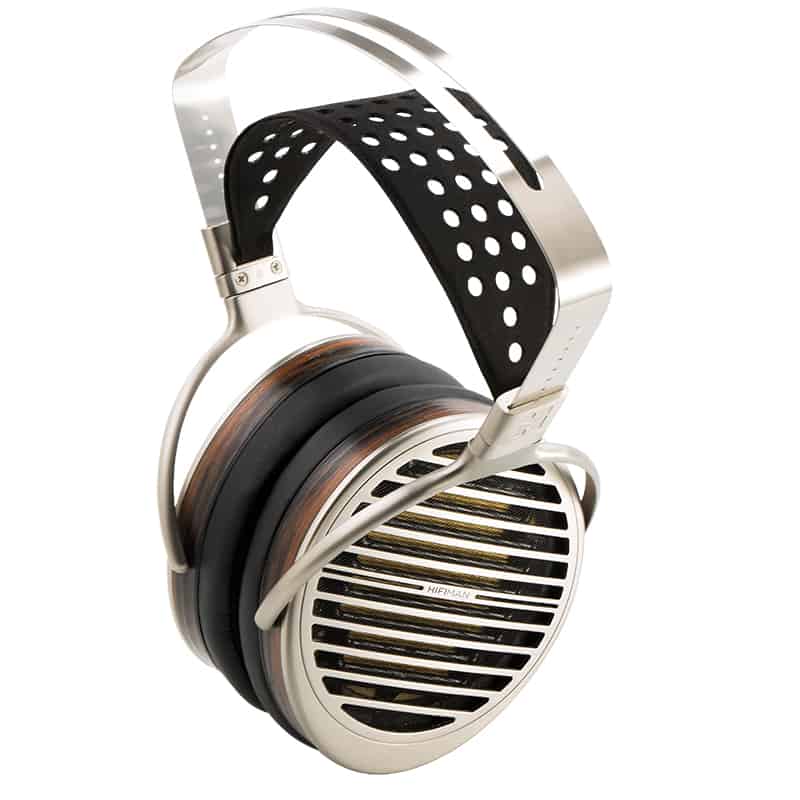
Open Back Headphones
Open back headphones are the other type of headphones on the market. And they are far less common than closed back headphones. Why?
The lack of popularity isn’t down to a lack of sound quality. They actually produce a higher quality sound. But the average person looking for a new pair of headphones wants some noise isolation and minimal sound leakage, which open-back headphones don’t have.
Open-back headphones are more sought after by audiophiles, who make up for a much smaller proportion of the market. Audiophile-grade equipment typically costs more, and a lot of people are priced out of them altogether.
Anyway, here are some of the advantages and disadvantages of open back headphones.
Advantages of Open Back Headphones
More Open Soundstage
The biggest advantage of open back headphones is that they sound better. They create a more open and immersive soundstage that creates a greater sense of perceived space and richer sound environment.
Sound waves are free to escape and aren’t reflected or dampened by solid cups. This makes them sound closer to speakers in a room with good room acoustics, rather than having sound obviously coming from the headphones around your head. This also makes them function well as gaming headphones where spatial audio is important.
For many people these improved sound characteristics might not be worth the reduced practicality. But imagine you’re an audiophile spending several thousand dollars on a pair of headphones. You don’t want any compromises in sound quality—you’re seeking pure audio perfection.
More Comfortable
Another benefit of the open back is that outside air can reach your ears. Everything is more breathable and things feel less clammy than closed-back headphones.
This is a big reason why they’re popular among gamers who have long gaming sessions in their rooms. They seek comfort and don’t need to worry about sound escaping or outside noise creeping in.
Lightweight
The difference in weight between open-back and closed back headphones is minimal. The plastic cups just don’t weigh that much. You probably won’t be able to tell the difference in your hands. However, worn over your head for long periods of time , the reduced weight can become a noticeable advantage.
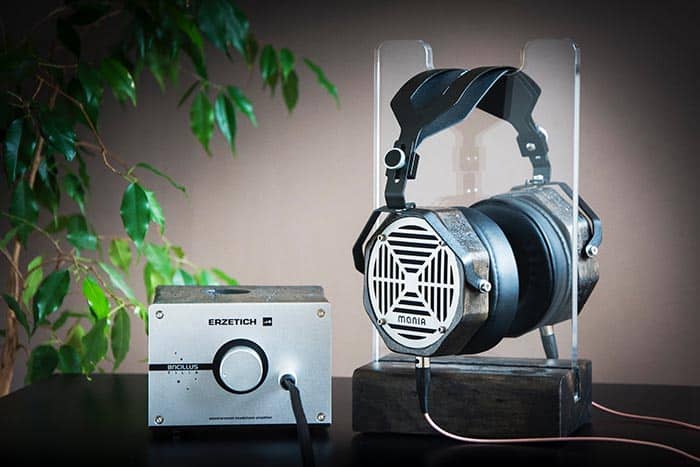
Disadvantages of Open Back Earphones
Sound Leaking And Poor Noise Isolation
If privacy is a concern, the sound leaking characteristics of open-back headphones is a big disadvantage. People around you won’t hear your music anywhere near as loud as you hear them, but they’ll definitely hear something. Just take off your current headphones or earbuds and hold them (with the drivers aimed towards you) at arm’s length and you’ll see what I’m talking about.
They also let all the ambient surrounding noise come in. That means they’re no good if you were hoping to drown out the sound of that crying baby sitting behind you on the plane.
Not Suitable For Use In Harsh Weather Conditions
Another disadvantage, albeit small, is that open back headphones are much more sensitive to rain and snow. This makes sense considering they don’t have a plastic cup protecting the speaker.
It’s also important to note that you probably shouldn’t be using closed-back headphones in inclimate, either. But it’s especially important with open back headphones.
Final Verdict: Which is better?
Better is a subjective term.
In terms of pure audio quality?
Open back headphones are better, as they produce a more open sound and don’t come with the drawbacks of having sound being reflected or dampened within the cup.
In terms of practicality?
Closed back headphones are better, as the versatile design can be used in both loud and quiet environments. For a daily work commute in a busy city, you’ll appreciate the superior noise isolation and reduced sound leakage.
So the general consensus is that open-back headphones are superior for at-home listening, whereas closed-back headphones are better if you’re wearing them outside.
In an ideal world you’d have one pair of each, but if you can only pick one, closed-back headphones are a more versatile choice. Let’s also not forget all the semi open headphones out there, which sit somewhere between the two.

